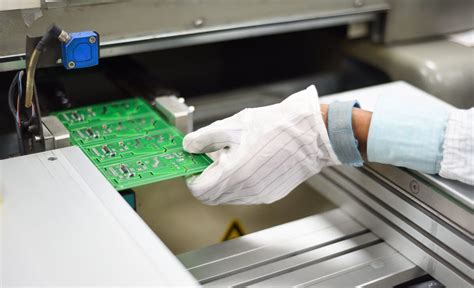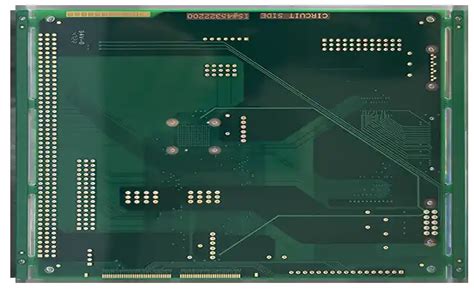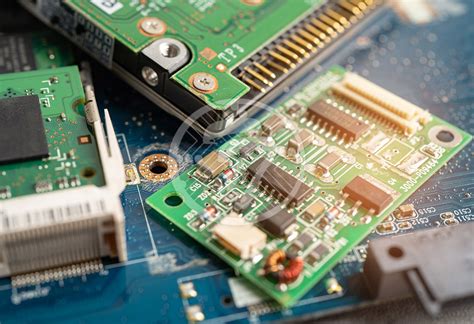Unlocking Efficiency: The Benefits of Consigned PCB Assembly
Key Takeaways
Consigned PCB assembly presents a transformative approach for manufacturers looking to enhance efficiency and reduce overhead costs. By allowing companies to provide the necessary components, pcba services streamline production processes, significantly cutting down on lead times and logistical complexities. This model empowers manufacturers to maintain greater control over their supply chain while fostering flexibility in their operations. Furthermore, the commitment to quality in consigned PCB assembly ensures that each component meets stringent standards, thereby enhancing overall quality control. When manufacturers leverage this approach, they not only decrease waste and excess inventory but also ensure that only the best components move through each stage of production. This proactive strategy positions companies at the forefront of innovation in electronics manufacturing, paving the way for a more efficient and sustainable future.
Understanding Consigned PCB Assembly: A Comprehensive Overview
Consigned PCB assembly is a strategic approach in the electronics manufacturing industry that involves sourcing materials and components by the customer rather than the assembly service provider. This method plays a crucial role in enhancing efficiency, enabling manufacturers to streamline production processes effectively. By allowing manufacturers to maintain control over components, consigned PCBA helps in optimizing inventory management and reducing lead times.
One of the most significant advantages of pcb assembly lies in its potential for cost savings. Consigning materials means that manufacturers can take advantage of bulk purchasing or existing supplier contracts, leading to lower overall expenses. Additionally, this control can also mitigate issues related to component shortages, ensuring that production flows smoothly without unnecessary delays.
Moreover, quality control is greatly enhanced through this method. Since the manufacturer is responsible for procurement, they can select quality components, ensuring that only high-standard materials are used in the pcb assembly process. This direct involvement fosters a culture of accountability and focus on quality consistency throughout production cycles.
In summary, understanding consigned PCB assembly offers insight into how this innovative approach can significantly improve operational efficiency, cut costs, and reinforce quality assurance within electronics manufacturing processes. Here’s a table summarizing its key benefits:
| Benefit | Description |
|---|---|
| Cost Savings | Reduced expenses by purchasing components directly |
| Enhanced Workflow | Streamlined processes leading to faster turnaround times |
| Quality Control Focus | Improved selection of components leads to enhanced product quality |
| Reduced Lead Times | Efficient inventory management reduces waiting periods |
This foundational understanding of consigned PCB assembly sets the stage for deeper explorations into its role in modern manufacturing and its future impacts on the industry.
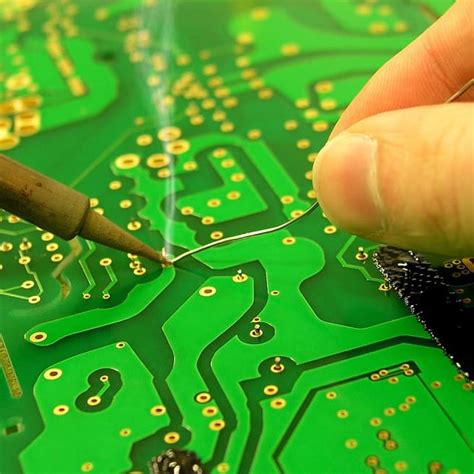
Streamlining Production: How Consigned PCB Assembly Enhances Workflow
The adoption of consigned PCB assembly is revolutionizing the workflow in electronics manufacturing by integrating efficiency and precision into the production process. In a traditional assembly setting, manufacturers grapple with the complexities of procurement and inventory management, which can cause delays and increase operational costs. However, through consigned PCB assembly, the burden of sourcing components is often shifted to the customer, who supplies the necessary parts to the assembly partner. This shift not only accelerates production timelines but also allows for a more specialized focus on handling and assembling PCBA with greater attention to detail.
Furthermore, by streamlining logistics and reducing lead times, consigned PCB assembly enhances overall productivity. As manufacturers become more agile, they can respond swiftly to changes in demand and market trends. This adaptability is crucial in today’s dynamic environment, where technological advancements are frequent and consumer expectations are continually evolving. Enhanced workflow processes provided by consigned PCB assembly also lead to improved collaboration between partners as clear lines of responsibility for component supply establish precise expectations.
The result is a more efficient manufacturing cycle that minimizes idle time and optimizes resource utilization. In this way, organizations can effectively channel their resources towards refining their products rather than getting bogged down by supply chain issues. Overall, consigned PCB assembly not only accelerates production but also embodies a modern approach to achieving high-quality standards while maintaining cost efficiency within the domain of electronics assembly.
Cost Reduction Strategies Through Consigned PCB Assembly
Consigned PCB assembly offers manufacturers a strategic way to lower their production costs while maintaining high standards of quality. By shifting the responsibility for component supply to the manufacturer or supplier, companies can significantly reduce their expenditures associated with inventory management and component procurement. This approach eliminates the need for large upfront investments in components, allowing businesses to allocate resources more effectively. Furthermore, with PCBA, manufacturers benefit from streamlined operations; they can respond more promptly to changes in market demand without being tied down by excessive stock.
Another crucial aspect of cost reduction is the enhanced efficiency in production processes that consigned PCB assembly facilitates. When components are provided on a consignment basis, it often results in a smoother workflow and less downtime during manufacturing. This not only improves turnaround times but also minimizes labor costs, as workers spend less time managing and tracking inventory.
“Maximize your manufacturing efficiency by integrating consigned assembly into your workflow; it’s a game changer,” a leading industry expert suggests.
Ultimately, this method not only keeps costs lower but also helps maintain competitive pricing for end products—a vital factor in today’s fast-paced electronics market. By adopting consigned PCB assembly, companies can achieve significant cost savings while enhancing their overall productivity and responsiveness to industry needs.
Improving Quality Control in Electronics Manufacturing
In the realm of electronics manufacturing, quality control is paramount. The integration of consigned PCB assembly into the process has proven to be a game-changer for many manufacturers. By allowing companies to maintain control over their printed circuit board assembly (PCBA) components, they can ensure that only high-quality materials are used. This method mitigates potential defects by facilitating early detection and correction of issues during the assembly process. Furthermore, consigned PCB assembly allows for more rigorous inspections and testing protocols to be integrated at various stages of production, thereby enhancing overall product reliability. With improved traceability and accountability, manufacturers can respond swiftly to any irregularities in the production line, reducing the frequency and impact of defects after production. All these factors contribute to a more streamlined workflow where quality is embedded at every step, ultimately leading to superior end products that meet rigorous industry standards. Embracing this innovative approach not only bolsters quality control but also fosters a culture of excellence in electronics manufacturing that resonates throughout the supply chain.
The Role of Consigned PCB Assembly in Modern Manufacturing
In the realm of electronics manufacturing, consigned PCB assembly (PCBA) plays a pivotal role in enhancing operational efficiencies. This approach allows original equipment manufacturers (OEMs) to maintain greater control over their supply chains by providing them the flexibility to source their own components. By consigning the materials needed for PCB assembly, manufacturers can ensure that only high-quality parts are used, ultimately leading to superior PCBA outcomes. Furthermore, this method supports rapid production cycles; as components are locally sourced and supplied directly to assembly lines, it markedly reduces lead times. As a result, companies can respond swiftly to market demands and mitigate potential disruptions in production schedules. The collaborative nature of consigned PCB assembly fosters better partnerships between OEMs and assembly houses, enhancing communication and coordination throughout the manufacturing process. In turn, this synergy manifests in improved workflow efficiency and reduced overhead costs that are crucial for sustaining competitiveness in today’s dynamic electronics landscape. By embracing consigned PCB assembly, manufacturers not only optimize their operations but also lay a strong foundation for future growth and innovation within the industry.
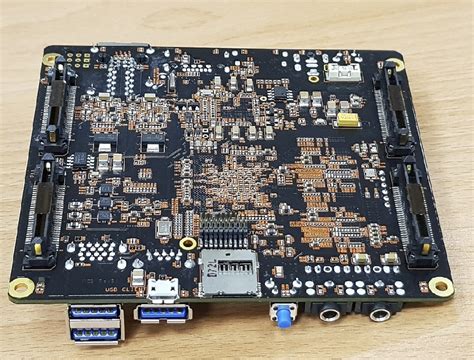
Case Studies: Successful Implementation of Consigned PCB Assembly
The practical application of consigned PCB assembly is vividly illustrated in various case studies across diverse industries. For instance, a leading consumer electronics firm adopted this innovative approach to enhance its production efficiency. By transitioning to pcba, the company streamlined its operations, allowing for a more flexible manufacturing process that could adapt to changing market demands. This flexibility not only reduced assembly time but also significantly diminished overhead costs associated with inventory management. Another example can be seen in the automotive sector, where a manufacturer partnered with a specialized pcb assembly provider to implement a Just-In-Time (JIT) delivery system. This collaboration minimized wasted materials and ensured that components arrived precisely when needed, thereby maximizing productivity and quality control. In the medical device industry, consigned PCB assembly helped a startup rapidly prototype new products, enabling them to accelerate their time-to-market. Each of these case studies highlights the transformative potential of incorporating pcba into manufacturing workflows, showcasing its benefits in enhancing both operational efficiency and overall product quality.
Future Trends in Consigned PCB Assembly and Their Impact on Industry
As industries continue to evolve, the future of consigned PCB assembly (PCBA) is becoming increasingly significant. One major trend is the integration of automation and advanced technologies, such as Artificial Intelligence and Machine Learning, into the pcb assembly process. These technologies facilitate real-time monitoring, allowing manufacturers to optimize production efficiency and reduce downtime. Additionally, the shift towards IoT-enabled devices is reshaping demand for flexible and scalable PCBA solutions. This transition necessitates faster turnarounds without compromising quality, pushing manufacturers to adopt more agile methodologies within their operations.
Moreover, sustainability concerns are paving the way for eco-friendly practices in pcba production. Companies are seeking materials that are not only cost-effective but also environmentally responsible, prompting innovations in sourcing and recycling within the pcb assembly realm. Furthermore, the rise of remote collaboration tools is enhancing communication among teams involved in PCB assembly, mitigating geographical barriers and fostering a more integrated approach to product development.
These trends indicate that as technology continues to advance, the landscape of consigned PCB assembly will adapt accordingly, promoting higher efficiency and greater responsiveness to market demands while maintaining high standards of quality control. This evolution presents a compelling opportunity for businesses to leverage these developments for enhanced competitiveness within their sectors.
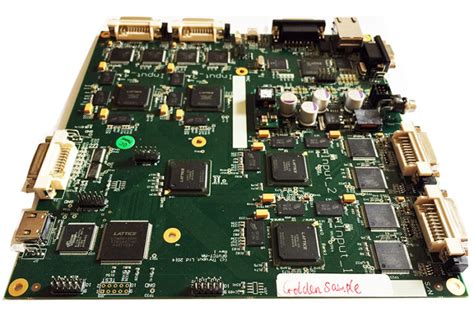
Conclusion
In summary, consigned PCB assembly presents a transformative opportunity for manufacturers seeking to enhance their operational efficiency. By delegating specific components of the PCB assembly process to trusted suppliers, companies can achieve a more streamlined workflow that focuses on core competencies. This method not only leads to significant cost reductions, primarily through optimized material sourcing and decreased labor expenses, but also fosters superior quality control. Incorporating PCBA into a manufacturing strategy allows enterprises to leverage the expertise of partners in selecting components and managing inventory effectively. As the electronic landscape continues evolving, embracing consigned PCB assembly will become increasingly vital for manufacturers aiming to maintain competitiveness while ensuring high standards in product quality and consistency. Ultimately, this innovative procurement model serves as a catalyst for unlocking greater efficiency across electronic manufacturing processes, setting the stage for future advancements in production methodologies.
FAQs
What is consigned PCB assembly?
Consigned pcb assembly refers to a manufacturing approach where the customer supplies their own components to the PCBA manufacturer for assembly. This method allows for greater control over component quality and sourcing.
What are the main benefits of using consigned PCB assembly?
The main benefits include decreased production costs, streamlined workflows, and improved quality control. By providing their own components, companies can tailor the assembly process to their specific needs, resulting in more efficient operations.
How does consigned PCB assembly help in cost reduction?
With consigned PCB assembly, companies can negotiate better prices for components by sourcing directly from suppliers. This eliminates the manufacturer’s markup on parts and can lead to significant savings in the overall production budget.
Can consigned PCB assembly enhance quality control?
Yes, it enhances quality control by allowing businesses to select high-quality components that meet their standards, thereby reducing the risk of defects during the manufacturing process. Companies can conduct thorough inspections on sourced parts before they are sent for PCBA.
Is consigned PCB assembly suitable for all types of electronic products?
While consigned pcb assembly is beneficial for various products, it is particularly advantageous for low-to-medium volume production where component specifications are critical. High-volume manufacturers may find full-turnkey solutions work better for their needs.


